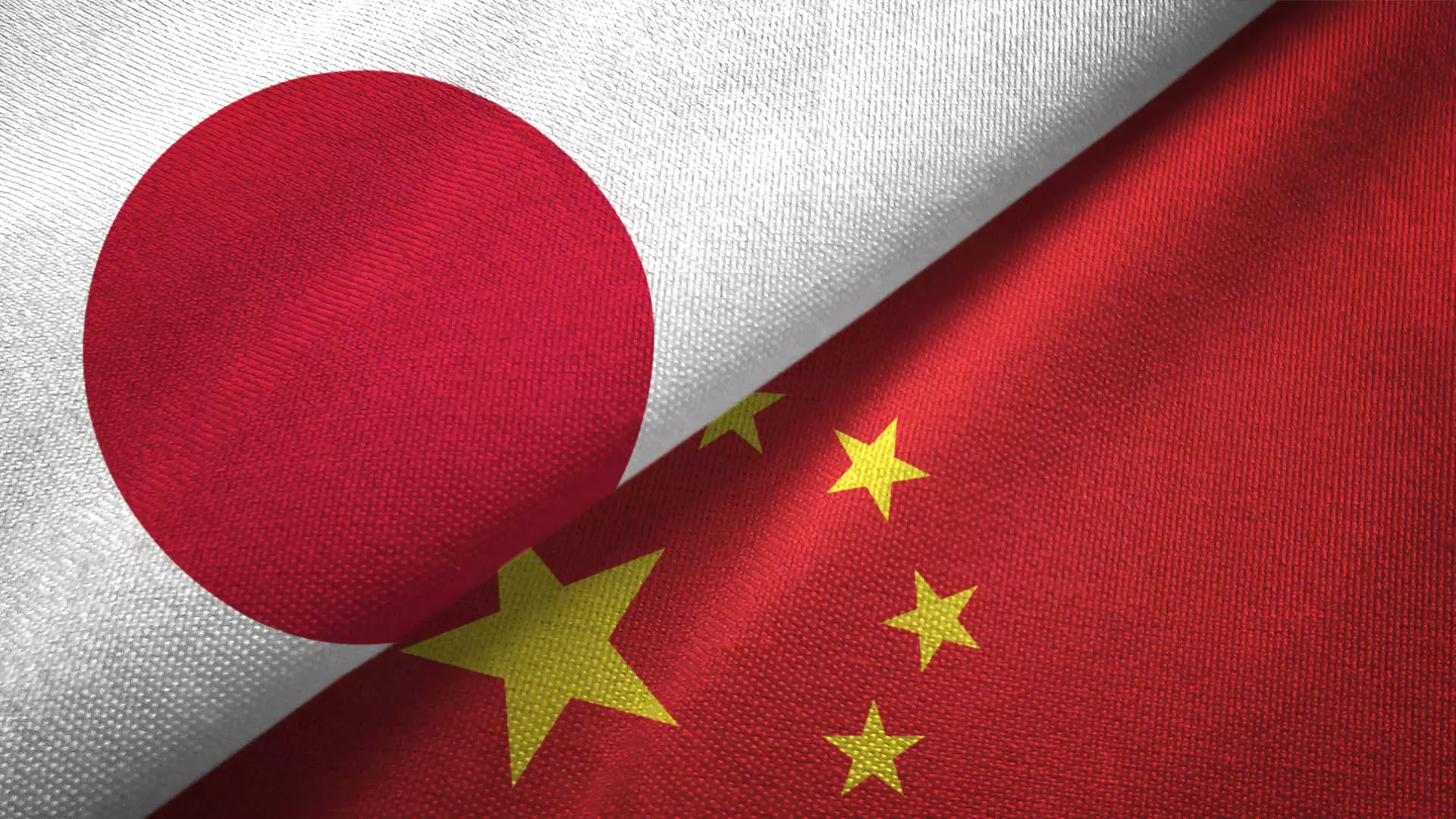Japan has found itself struggling under the weight of its own popularity as a top travel destination. Since March, over 3 million international travelers have visited Japan each month, surpassing 2019 levels. The country’s current status as an “it” destination can be attributed in part to initiatives put in place by the Japanese government to enhance traveler experiences and simplify the travel process for international visitors.
Chief Strategy and Investment Officer at the Southeast Asian travel app Traveloka, Joydeep Chakraborty, mentioned that the Japanese government has long been focused on making Japan a top travel destination through pro-tourism efforts. These efforts were further accelerated by the depreciation of the yen, making Japan more affordable for foreign travelers. However, the rise in tourism has led to issues of overtourism, with crowds packing Kyoto’s famed temples and causing strains on the country’s labor market.
In contrast to Japan, China has been experiencing a slower return of international visitors despite a recent increase in demand to visit the country. According to the National Immigration Administration, there has been a 130% year-on-year increase in foreign visitors from January to July, with inbound bookings doubling since last summer. However, arrival numbers are still significantly lower than pre-pandemic levels.
Flight capacity into China from many countries, particularly from the United States, is still below pre-pandemic levels. The geopolitical tensions coupled with the Chinese government’s tightening grip on societal regulations are also factors that may be impacting the return of international travelers to China. Visa-free policies alone are not enough to revive China’s inbound tourism, as highlighted in an article on the East Asia Forum website.
China’s expansion of visa-free policies has spurred demand to visit, with a majority of arriving travelers coming from countries with such arrangements. However, a Pew Research Center report reveals that more than half of the surveyed countries hold unfavorable views of China, including major travel spenders like the United States, Germany, the United Kingdom, and France.
One of the challenges facing foreign travelers in China is the shift towards more online payment and booking systems, which can be difficult for those unfamiliar with popular Chinese software. Professor Songshan Huang from Australia’s Edith Cowan University emphasizes the need to address these issues in order to attract foreign travelers back to China.
Overall, while Japan grapples with overtourism and strains on its infrastructure and labor market, China faces challenges in reviving inbound tourism amidst geopolitical tensions and unfavorable views from key travel markets. Both countries have unique circumstances influencing their post-pandemic recovery trajectories, highlighting the complexities of the global tourism industry in the wake of the Covid-19 pandemic.


Leave a Reply